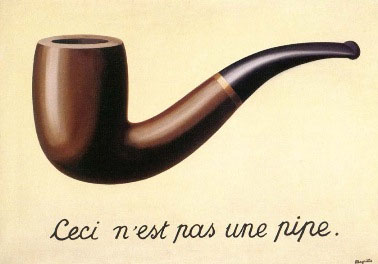:: 2016 :: 25cm x 35cm :: Acrylics, Inks, Markers and UV Lacquer on Canvas ::
Like Soul of the Devil..., this is also a complex artwork. To explain certain aspects of human cognition in the context of concepts of the supernatural, Pascal Boyer reproduces the distinctive shape in the centre of the artwork and notes that few people would have any problem describing it as 'a circle with a piece missing'. However, the notion of a missing piece violates the ontology and continuity of a circle, and the 'missing piece' itself is labelled despite being non-existent: it is missing. Boyer proposes that this violation of ontology, and the imputation of conceptual 'thing-ness' onto absence, are two key fundaments to human supernatural conception. Just as the circle's ontology is violated by the missing piece, so do most supernatural concepts consist of basically human images whose boundary conditions have been transcended or broken. So for example, a ghost is basically a human without a body (all humans have bodies, ghosts do not), a deity is a human who does not die (all humans die, gods do not) and who has expanded cognitive powers (all humans have a limited view of the world, gods's views are unlimited), and so on.
In my Liminal Contact essay, I argued that a similar situation of ontological violation apples to a painted surface, which although discrete, finite and local in its expanse and location, is disrupted or transcended by the presence of an image which renders that surface non-finite and non-local. A painted canvas, for example, is both 'here' and 'not-here' in that it contains representations of objects larger than the size of the actual canvas size, and so on. Many peoples across the world also hold paint to have magical properties or supernatural potency, and thus painting communicates with thsi deep human cognitve style.
I have combined 'Boyer's circle' as a symbol for the operations of human supernatural conception with René Magritte's famous work 'The Treachery of Images', which sought at heart to demonstrate that a representational image is not the thing itself. Boyer's circle points to unconscious processes, but many of our experiences of the supernatural are, while completely subjective and not founded upon any objectively existing phenomenon, consciously beheld, his theorized ontological violations being wholly closed to our awareness. Thus Boyer's circle both represents and does not represent the human subjective experience of and belief in deities. This conceptual ambiguity is evoked by my editing of Magritte's original annotation: Ceci (n') est (pas) un dieu, 'This is (not) a god'.
:: Hover the mouse over the image to flip between daylight and UV images ::
:: Tablet Users - Tap the image to see the UV Image::
:: Tap outside the image to return to the Daylight Image::

René Magritte's 'The Treachery of Images' (1929)










